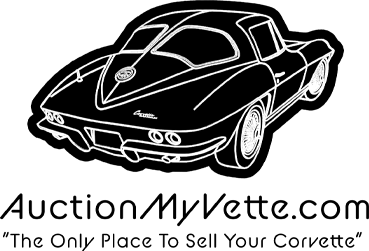
1963
’63 was the only year for several unique design elements. Most notably the rear split window that was ultimately deemed too difficult to see out of. The hood’s non-functional grilles were also unique, and these features make the 1963 Corvette highly prized in the collector car market. There were a total of 21,513 total units made. 10,594 split window coupes at a price of $4,257 and 10,919 convertibles at a cost of $4,037. All C2's came with a 327-cubic-inch V-8 engine, producing 250/300/340 horsepower, and 360 horsepower when equipped with fuel injection. The standard three-speed manual, optional two-speed Powerglide automatic, and optional four-speed manual and a close-ratio four-speed manual were available for the top two engines. The coveted Z06 option took the corvette to a new level. It was an $1,818 upgrade for owners wishing to race a Corvette in sanctioned racing events. Once the buyer ordered the fuel-injected V-8, four-speed manual, and Positraction (limited-slip) differential, the Z06 added a larger front sway bar, uprated springs and shocks, and a 36.5-gallon fuel tank for endurance racing. The last upgrades were optional leather, and options like air conditioning, power windows, tinted glass, woodgrain effect steering wheel, and an AM/FM radio. Power steering and brakes were also available for an added driving experience.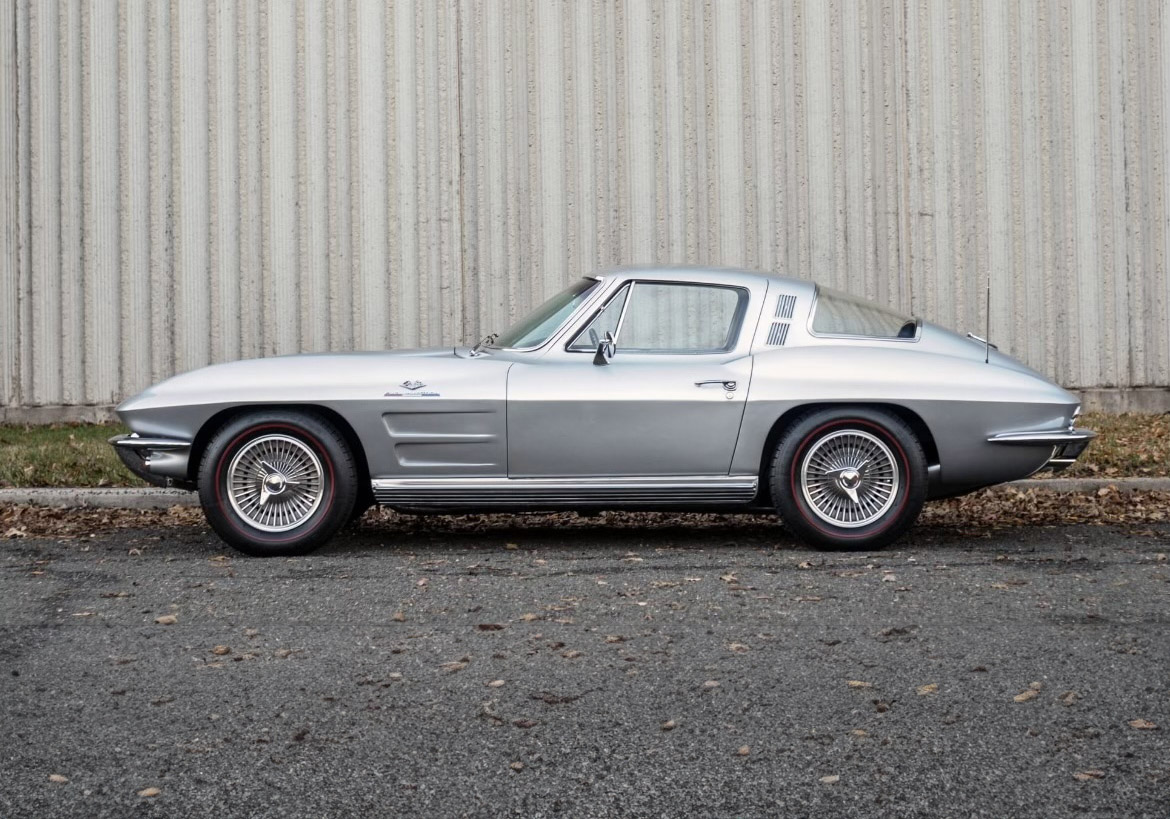
1964
This was the first year for the one-piece rear window. The hood retained the stylish footprint of the 1963's fake grilles, the driver’s side B-pillar air vents became functional, a cleaner rocker cover replaced 1963’s ribbed panel, and a restyled fuel filler door. Interior changes included a new steering wheel with simulated walnut trim, and chrome interior door pulls. Extra sound insulation, redesigned body mounts and a new shifter linkage design reduced the Corvette’s noise, vibration, and harshness levels. An optional, rear mounted, three-speed fan increased air circulation for Corvettes, with or without air conditioning. There were some options taken from the 63 Z06 like the uprated front and rear suspension, brake upgrades, and the massive fuel tank. A new transistorized ignition system was optional and provided more efficient performance. Wheel covers sported a cleaner design and new cast aluminum turbine wheels with knock off center caps were optional. The top two engines got a boost this year: the carbureted 327 now had 365 horsepower, while the fuel-injected mill sported 375 hp. Manual transmissions went from Borg Warner-sourced units to Muncie gearboxes. In 1964 Chevrolet sold 22,229 total units. 8,304 coupes at a price of $4,252 and 13,925 convertibles at a price of $4,037.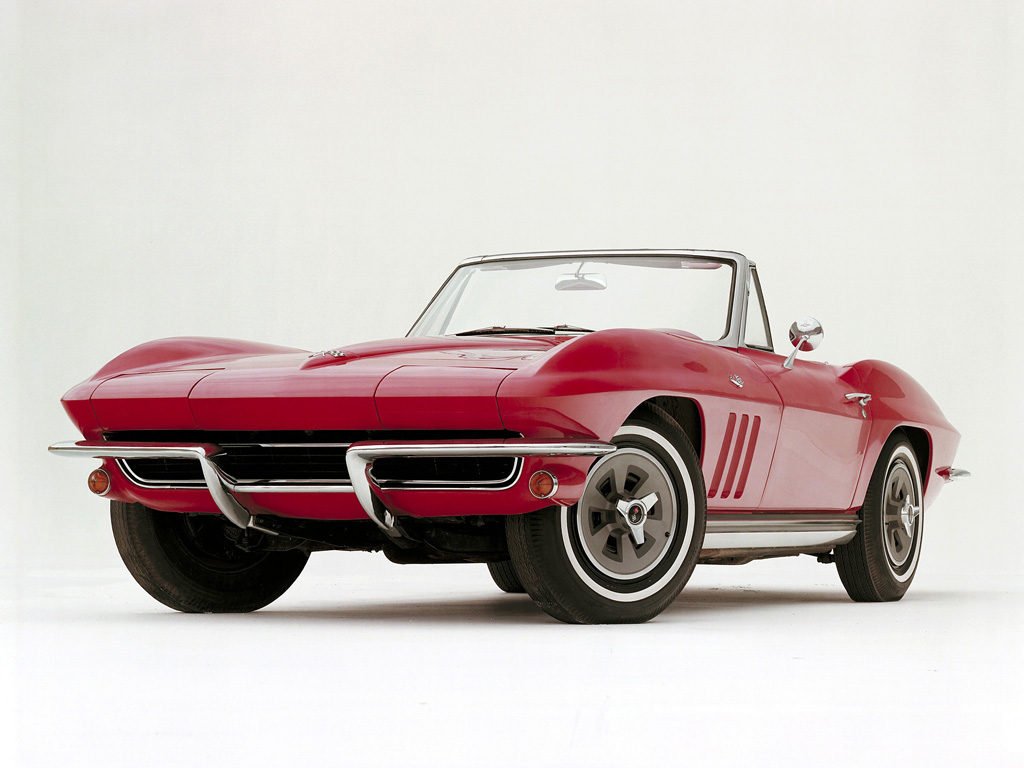
1965
In 1965 Chevrolet came out with a new grille, along with new wheel covers and rocker panel covers. 1965 models also had a smooth hood (deleting traces of the 1964 style) and the addition of front fenders with functional cooling vents. The gas filler door now had a radial spoke design around the logo. Interior upgrades included an optional steering wheel rim made of genuine teak. Standard upgrades include new door panels with integrated arm rests and retracting seat belt assemblies. Larger bucket seats also had more support, while parts of the center dashboard were now painted instead of upholstered in vinyl. The four-wheel disc braking system was now standard, including four-piston front calipers and a redesigned master cylinder. The previous drum brake setup was still available, and netted the buyer a $64.50 credit. While the fuel injected V-8 was phased out (771 produced), there were five total small-block V-8 engines (327 cubic inches) producing 250/300/350/365/375 hp respectively. An all-new, range-topping 396-cu-in big-block V-8 (L78) made a whopping 425 horsepower. Not only was the 396 big-block’s performance impressive, all examples came with a unique domed hood to clear the taller engine. General Motors sold a total of 23,564 units. There were 15,378 convertibles at a base price of $4,106 and 8,186 coupes at a price of $4,321.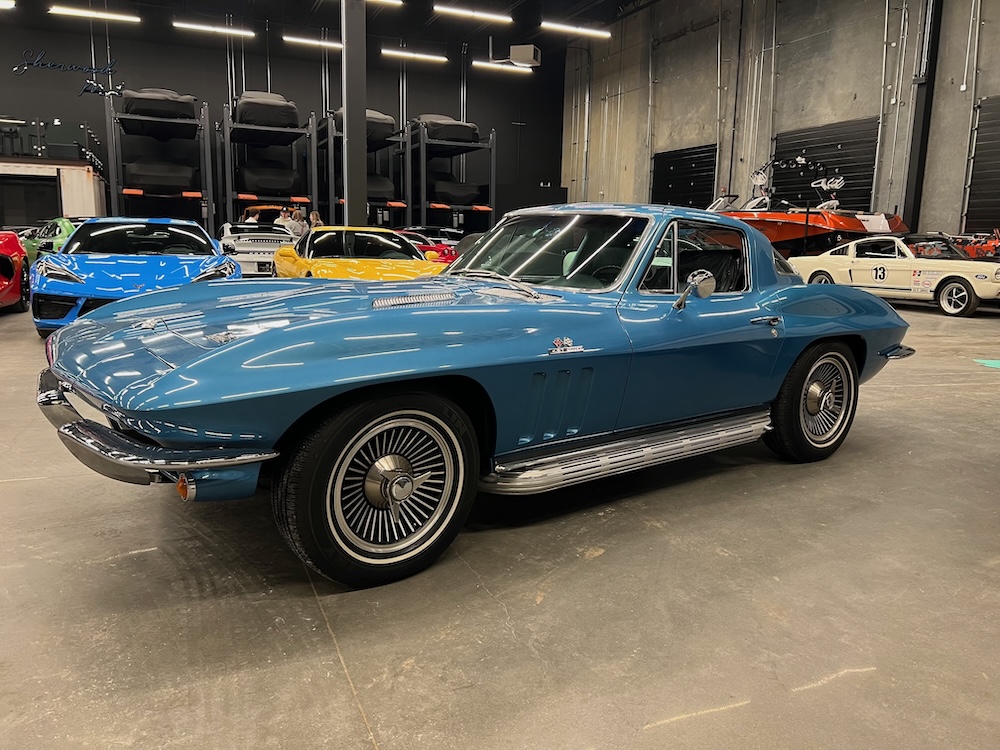
1966
The C2 continued to change wheel covers and rocker panels. B-pillar mounted vents were deleted, and new “Corvette Sting Ray” emblems were added to the hood and rear deck. The once optional reverse lights were now standard, while the Off Road Exhaust System (N11) grew in popularity threefold over last year and sales of the side exit exhaust went up by 60 percent. The gas filler door now had a turbine-effect texture around the logo. Interior changes were minimal like new seat covers, chrome door pulls, four-way hazard flashers and shoulder belts were optional. Chevrolet sold an astounding 27,720 units. 17,762 were convertibles at a base price of $4,084 and 9,958 coupes at $4,295. 1966 introduced the 427-cu-in big-block V-8, available in either (L36) 390 or (L72) 425 horsepower with an impressive 460 lb-ft of torque. All big-block Corvettes came with a Positraction axle, firmer suspension, and four-speed manual transmission. The big-block’s seemingly instant popularity meant the 327 small-block was reduced to options, an L75 (300 horsepower) or an L79 (350 horsepower). Corvettes sold in California received a new air-injection system that helped lower exhaust emissions, while a new egg-crate grille was introduced as well.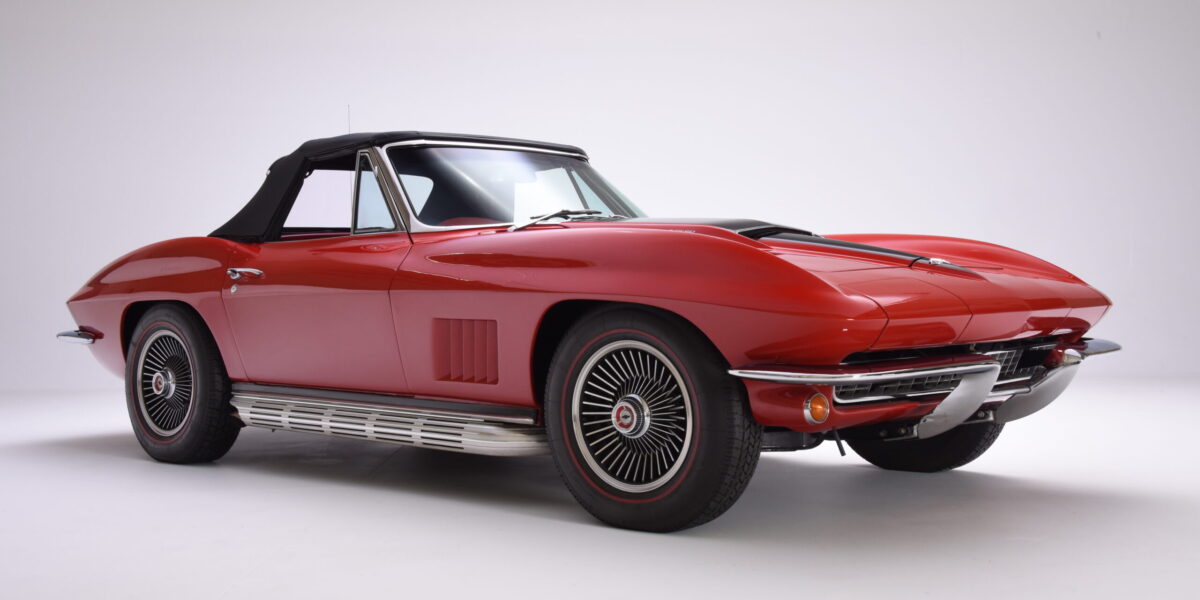
1967
The final year of the second-generation Corvette sported modest yet notable changes: Hood and fender emblems were deleted. The fender’s side vent now had five fins. Rocker panel covers were flat and unadorned, a large backup lamp was now placed over the license plate, and wheel covers were replaced with standard Rally wheels with chrome beauty rings. The optional aluminum turbine wheels no longer sported knock-off hubs. The big news was under the new-for-’67 stinger hood scoop for 427-cu-in big-block V-8 Corvettes: the 390-hp L36, 400-hp L68, 435-hp L71, and an L88 race engine with aluminum heads and an underrated 430 horses. L71 engines could be ordered with aluminum heads (L89) for extra weight savings and performance. The standard 300-hp and optional 350-hp small-block V-8s remained. Interior changes for 1967 were limited to new seat upholstery, redesigned control knobs, a relocated hand brake lever, and a new dashboard cowl that eliminated the passenger’s grab handle. Sales declined a bit to 22,940 units. 14,436 convertibles and 8,504 coupes, at a base price of $4,240 and $4,388, respectively.Buyers Guide: C2 Corvette
Most call it a C2, but some still refer to it as the Mid-Year. The 1963–1967 Corvette truly earned universal admiration from almost all car enthusiasts. While the Corvette’s body is mostly fiberglass, the C2 generation has a metal “birdcage” around the passenger compartment that could rust, especially around the base of the windshield.All C2s used fiberglass bonding strips to fuse individual parts into a single body panel, but it is imperative to look closely for signs of poorly patched fiberglass panels. Keep in mind that almost everything is available online for these C2's.
